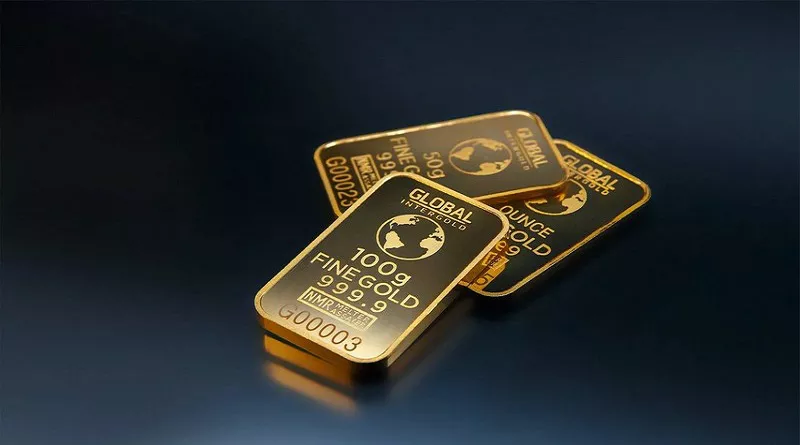In the world of finance and investments, gold has long been regarded as a symbol of wealth and a safe-haven asset. Its value has transcended centuries, making it a sought-after commodity for investors looking to diversify their portfolios. As of the latest data available, it is crucial to delve into the factors that determine what gold is going for in the current market.
Market Forces and Supply-Demand Dynamics
One of the fundamental aspects influencing the price of gold is the interplay between supply and demand. Gold is a finite resource, and its extraction is not infinite. Mining operations contribute to the overall supply, and geopolitical factors can affect mining output. Additionally, central banks often hold significant gold reserves, impacting the overall supply available in the market.
On the demand side, gold serves various purposes. Beyond its use in jewelry, gold is a key component in the manufacturing of electronic devices and has historical significance as a form of currency. Investors also drive demand, seeking refuge in gold during times of economic uncertainty.
Global Economic Indicators
The health of the global economy has a profound impact on the price of gold. Traditionally, gold has been considered a hedge against inflation. When inflation rates rise, the value of fiat currencies tends to decline, prompting investors to turn to gold as a store of value. Economic indicators such as inflation rates, interest rates, and GDP growth play a crucial role in shaping investor sentiment towards gold.
Interest Rates and Opportunity Cost
One of the factors that investors carefully monitor is the prevailing interest rates. When interest rates are low, the opportunity cost of holding non-interest-bearing assets like gold diminishes, making gold more attractive. Conversely, when interest rates rise, investors may opt for interest-bearing assets, reducing the demand for gold.
Central Bank Policies
Central banks play a pivotal role in influencing the price of gold. When central banks pursue expansionary monetary policies, such as quantitative easing, it can contribute to inflationary pressures, driving up the demand for gold. Additionally, changes in central banks’ gold reserves and policies can directly impact the supply and demand dynamics of the gold market.
Geopolitical Uncertainty
Gold has historically thrived during periods of geopolitical turmoil. Uncertain political environments, trade tensions, or global conflicts can create a flight to safety among investors, leading to increased demand for gold. The metal’s reputation as a store of value in times of crisis makes it an attractive asset for risk-averse investors.
Technological Advancements
Advancements in technology have a dual impact on the price of gold. On one hand, technological developments increase the demand for gold in various industrial applications, such as electronics and healthcare. On the other hand, technological progress in mining operations can impact the supply side, potentially influencing the overall price of gold.
Market Sentiment and Speculation
Investor sentiment and speculative activities can have a short-term but significant impact on the price of gold. Traders and investors closely follow market sentiment indicators, such as the Commitment of Traders (COT) report, to gauge the positioning of various market participants. A sudden surge in speculative buying or selling can lead to rapid price movements in the gold market.
See Also Unveiling the Secrets: How to Authentically Identify Real Gold
Currency Strength
The strength or weakness of major currencies, particularly the U.S. dollar, has a direct influence on the price of gold. Gold is priced in U.S. dollars globally, and an inverse relationship often exists between the two. When the U.S. dollar weakens, gold becomes cheaper for buyers using other currencies, potentially boosting global demand and prices.
Environmental and Social Factors
Increasing awareness of environmental and social responsibility has led to changes in mining practices. The extraction of gold can have significant environmental impacts, and consumers are becoming more conscious of sustainable and ethical sourcing. Mining companies adhering to responsible practices may gain favor in the market, affecting the overall supply chain and potentially influencing gold prices.
Conclusion
In conclusion, the price of gold is subject to a complex interplay of economic, geopolitical, and market forces. Understanding the factors that influence what gold is going for is essential for investors and stakeholders seeking to navigate the dynamic landscape of the precious metals market. Whether driven by economic indicators, geopolitical tensions, or technological advancements, gold’s enduring allure continues to make it a fascinating and influential asset class in the world of finance. As investors look to the future, staying informed about these factors will be crucial for making well-informed decisions in the ever-evolving gold market.


